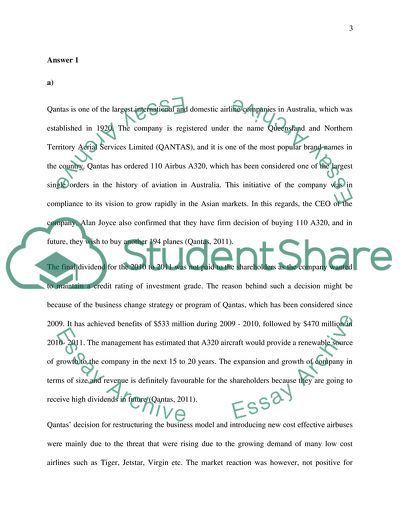Cite this document
(Corperate Strategic management Research Paper Example | Topics and Well Written Essays - 4750 words, n.d.)
Corperate Strategic management Research Paper Example | Topics and Well Written Essays - 4750 words. https://studentshare.org/finance-accounting/1795650-corperate-strategic-management
Corperate Strategic management Research Paper Example | Topics and Well Written Essays - 4750 words. https://studentshare.org/finance-accounting/1795650-corperate-strategic-management
(Corperate Strategic Management Research Paper Example | Topics and Well Written Essays - 4750 Words)
Corperate Strategic Management Research Paper Example | Topics and Well Written Essays - 4750 Words. https://studentshare.org/finance-accounting/1795650-corperate-strategic-management.
Corperate Strategic Management Research Paper Example | Topics and Well Written Essays - 4750 Words. https://studentshare.org/finance-accounting/1795650-corperate-strategic-management.
“Corperate Strategic Management Research Paper Example | Topics and Well Written Essays - 4750 Words”. https://studentshare.org/finance-accounting/1795650-corperate-strategic-management.


